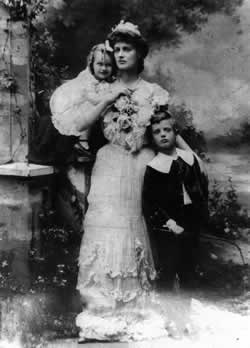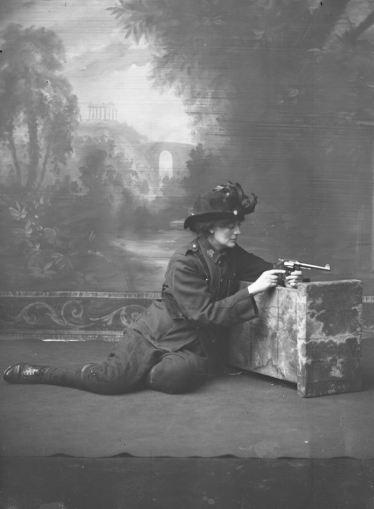Remembering Constance Markievicz staunch Irish Republican who played integral role in birth of modern Ireland

This month, February, marks the birth of Constance Markievicz (4th February 1868 – 15 July 1927). Constance Markievicz was a staunch Irish Republican who was to play an integral role in the birth of modern Ireland. Born Constance Gore-Booth in Lissadell, Co. Sligo on February 4, 1868. Her early life was typical of many young women from a wealthy Anglo-Irish background at that time. Constance studied art in London and Paris. In France, she met her Polish husband, Count Markievicz. They married in 1901 and had a child in Dublin. It is a remarkable story of someone who broke from a background of wealth and privilege. Whose political awakening saw her join the Irish Citizen Army (ICA), support Dublin workers on strike and help set up soup kitchens to feed their families. Her interest in nationalist politics had already led to her joining Sinn Féin and Inghinidhe na hÉireann ('Daughters of Ireland'), a radical Irish nationalist women's organisation.
Known as Countess Markievicz she took part in the 1916 Rising. In the Rising she fought in Dublin's St Stephen's Green where the fighters held out for six days, only stopping when the British brought them a copy of Patrick Pearse's surrender order. She was taken to Dublin Castle and then transported to Kilmainham Gaol. At her trial Constance Markievicz told the court, "I went out to fight for Ireland's freedom and it does not matter what happens to me. I did what I thought was right and I stand by it." She was sentenced to death, but this was commuted to life in prison. As part of the amnesty for those who took part in the Easter Rising she was released in 1917.
At the 1918 Irish general election, Countess Markievicz was elected for the constituency of Dublin St Patrick's, as one of 73 Sinn Féin MPs elected in their landslide victory. In those days MP's were elected to the British House of Commons and she was the first woman elected to the British parliament. As with other elected Sinn Féin MPs, who refused to recognise the Parliament of the United Kingdom, she did not take her seat. Those elected Sinn Féin members formed the first Dáil Éireann an independent legislature for Ireland which met in Dublin. She went on to become the second woman in the world to hold a cabinet position as Minister for Labour of the Irish Republic, 1919 – 1922.
She left government in 1922 in opposition to the Anglo - Irish Treaty and fought actively for the Republican cause in the Irish Civil War. She was returned in the 1923 general election for the Dublin South constituency. In common with other Republican candidates, she did not take her Dáil seat. She was arrested again in November 1923. In prison, she went on hunger strike and released within a month. Constance Markievicz was re-elected to the 5th Dáil in the June 1927 general election. Just five weeks later Constance Markievicz died from appendicitis aged 59 on July 15, 1927. She was buried at Glasnevin Cemetery, where Éamon de Valera gave the funeral oration.
Image above: Constance with her Polish husband Casimir Markievicz (Count Markievicz) on their wedding day.
Images below: Constance with her daughter and stepson. Constance fighter for Irish freedom.







